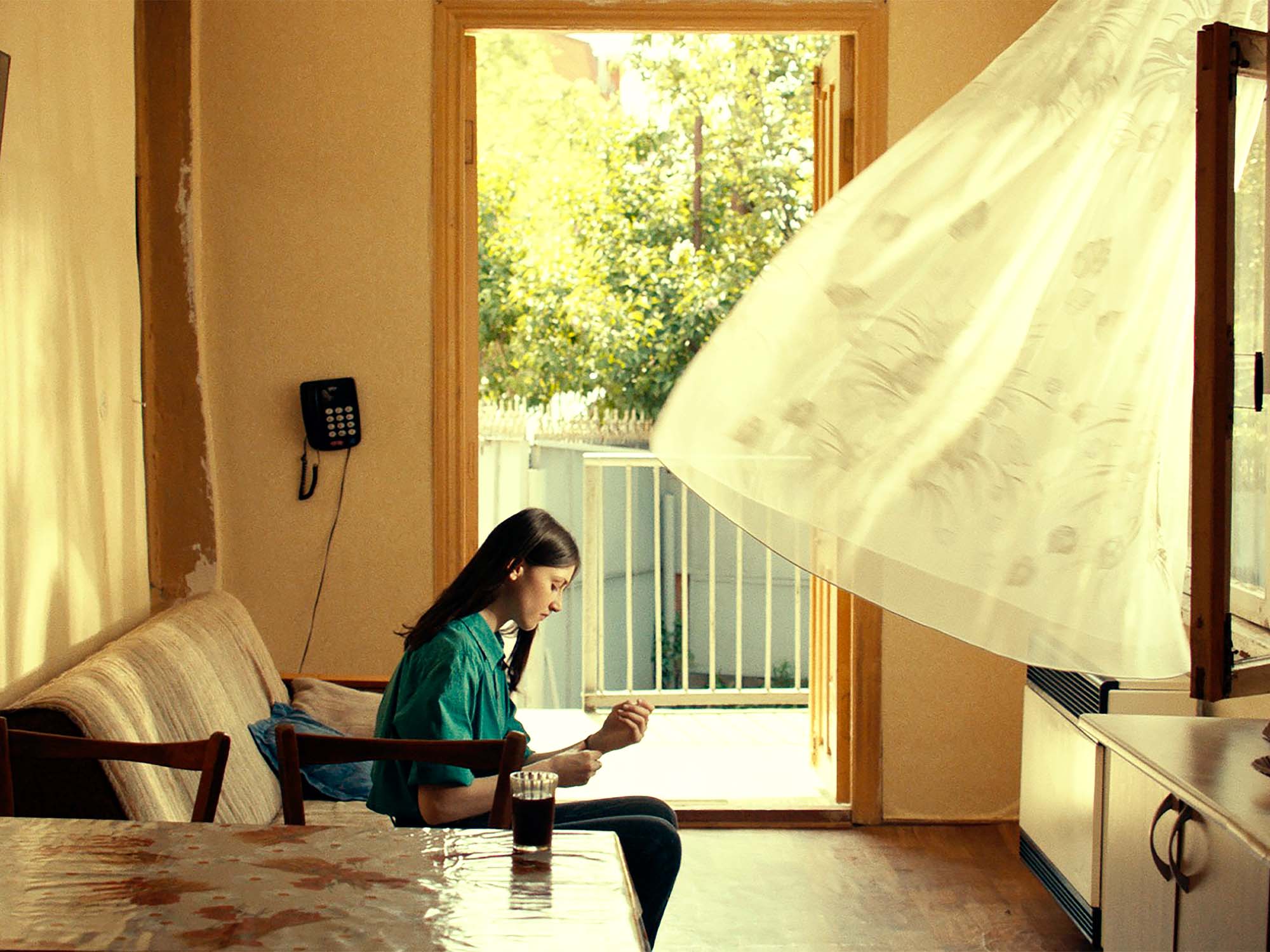“Downstairs at Fitzgerald’s” concerns a protagonist named Cecilia, a teenage girl who for years has been meeting her divorced bookie father in the basement bar of a restaurant (a savvy reader can now probably guess the name of the establishment). Cecilia lives at home with her siblings, her mother, and her stepfather, Ronan. The split between her parents was amicable, as are Cecilia’s feelings toward Ronan. Everyone in the piece is doing their best and being surprisingly lovely to one another, not least Cecilia’s father, who has forgiven being cuckolded and who pays Cecilia’s school fees. Once a week, they meet at Fitzgerald’s; he eats oysters and drinks whiskey, then takes her to a movie or a park or the dog track. The arrangement works.
Until, that is, the appearance of a boy named Abrahamson, the smartest boy in Cecilia’s class, and a bit of a creep. Cecilia notices Abrahamson staring at her, and when she confronts him about it, after a fair amount of pestering, Abrahamson tells her in so many words that he’s noticed she looks like Ronan. She continues spending time with Abrahamson, dwelling on his observation, questioning him about it, an obsessive worry about the question of her paternity that eventually bleeds into the time she spends with her father. As this is William Trevor, Cecilia does not confront him about it; her silence rather, per Paul Simon, like a cancer grows, and we are given to know that this lovely thing between father and daughter has been spoiled forever.
Abrahamson is a good character, and a great exemplar of the value of antagonism in fiction and the variation of modes in which it can appear. Abrahamson is not a villain; one of the great things about this story, in fact, is the way that none of the characters are villainous or even bad—they’re all pretty lovely, normal people doing their best. Unlike the diabolical Williams in “A School Story,” Abrahamson is no monster. Just a smart, lonely, strange boy who says the wrong thing at the wrong time. Abrahamson’s motives are opaque, but his observation is not sinister in intent—he’s simply curious about Cecilia and her unusual family story and not sufficiently interested in her emotional well-being to shield her from the truth.
Writing advice tends to describe an antagonist as “a character who wants the same thing as the protagonist.” This is sometimes true, but it’s more generally true to say that whatever their motivation, they are the person who creates or exacerbates the protagonist’s problems. Stories are, to be reductive, problems. The formulation I use in my fiction classes—currently fresh in my mind, as I have spent the last three months boring my students about it—is that a story: 1) puts a character 2) in a situation that 3) exerts pressure on them and 4) causes them to change. Antagonists are a catalyzing element of numbers 2) and 3), and ideally, they almost arise naturally from the problem the main character is dealing with. Not all stories, of course, require antagonists. But it is good practice for a fiction writer to ask themselves if the material might be improved by the presence of an antagonizing force. Antagonists externalize the main character’s deepest conflicts. Abrahamson is almost a natural, organic component of Cecilia’s burgeoning adult consciousness: her family has been living in a strenuously maintained Eden for many years that in some ways depends on not looking too closely at the particulars. Abrahamson’s relentless gaze is legible as a function of Cecilia’s implicit need to understand what happened with her family, how her father came to be demoted to the dog track and the basement of Fitzgerald’s.
Next week: “Mulvihill’s Memorial.”



























































